Vist These Most Beautiful And Snowiest Cities In Europe
A city break is a perfect way to spend a few days getting lost in a buzzing city or peaceful countryside in this cold wintertime, where you can have a cup of warm eggnog and relax. Whether you want to explore snow globe cities or dash down glittering mountains, these white wonderlands will make you want to pack your bags immediately and spend Twixmas away from home. Here are the most beautiful and snowiest cities in Europe.
1. Tallinn, Estonia
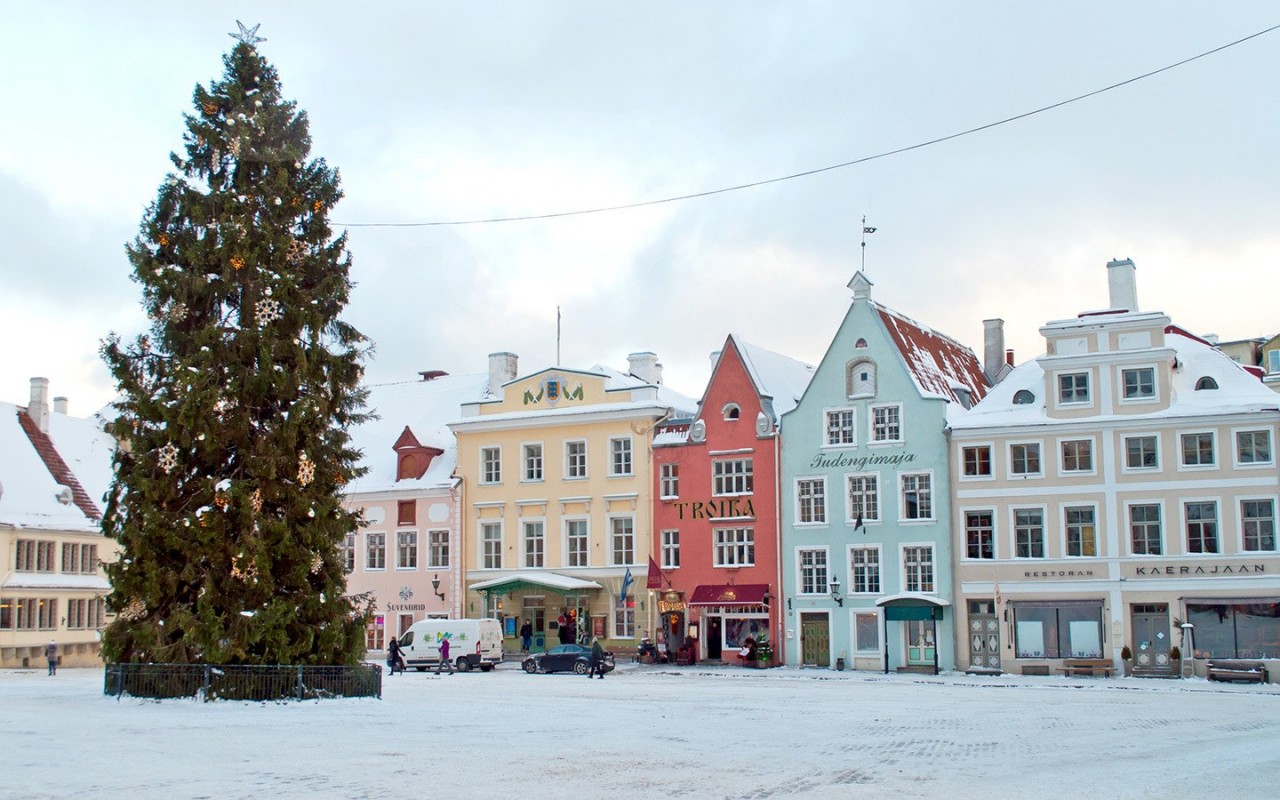 |
| Photo: On the Luce travel blog |
Tallinn is the capital city of Estonia and a perfect holiday destination if you want to combine the comforts of modern world, versatile nightlife and luxurious adventures with rich cultural scene in the local historical setting.
First established in the early medieval era, today’s Tallinn is an exciting mix of old and new. Here’s the good news: with Tallinn being such a compact, green capital, you can cover a lot in just a weekend and enjoy short scenic strolls while at it.
Tallinn Old Town is one of the best preserved Hanseatic town centres in the world. A stone’s throw away you’ll find the city’s business centre with modern towers and luxurious hotels, trendy neighbourhoods and large shopping centres.
Tallinn’s luring coastline dotted with promenades and sandy beaches is especially rewarding during the summer but offers scenic views of the iconic cityscape throughout the year.
Tallinn is the first point of entry to Estonia for most visitors, and if you’re the kind of person who likes to jump right in, then you’re in luck, as Tallinn city centre is never more than 15-minutes drive away regardless of if you happen to arrive by plane, train, coach or ferry.
2. Vilnius, Lithuania
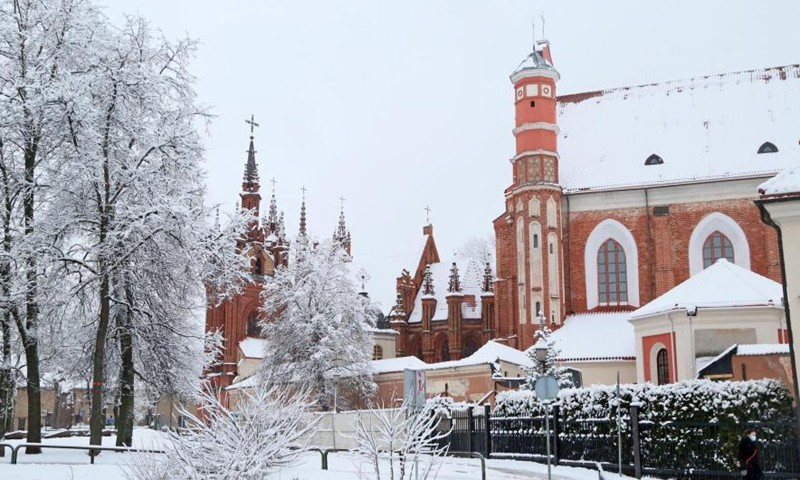 |
| Photo: Global Times |
Vilnius is the capital and largest city of Lithuania, with a population of 588,412 as of 2021. The population of Vilnius's functional urban area, which stretches beyond the city limits, is estimated at 706,832 (as of 2019), while according to the Vilnius territorial health insurance fund, there were 732,421 permanent inhabitants as of October 2020 in Vilnius city and Vilnius district municipalities combined. Vilnius is in southeastern Lithuania and is the second-largest city in the Baltic states. It is the seat of Lithuania's national government and the Vilnius District Municipality.
Vilnius is classified as a Gamma global city according to GaWC studies, and is known for the architecture in its Old Town, declared a UNESCO World Heritage Site in 1994. Before World War II, Vilnius was one of the largest Jewish centres in Europe. Its Jewish influence has led to its nickname "the Jerusalem of Lithuania". Napoleon called it "the Jerusalem of the North" as he was passing through in 1812. In 2009, Vilnius was the European Capital of Culture, together with Linz, Austria. In 2021, Vilnius was named among top-25 fDi's Global Cities of the Future – one of the most forward-thinking cities with the greatest potential in the World.
3. Erfurt, Germany
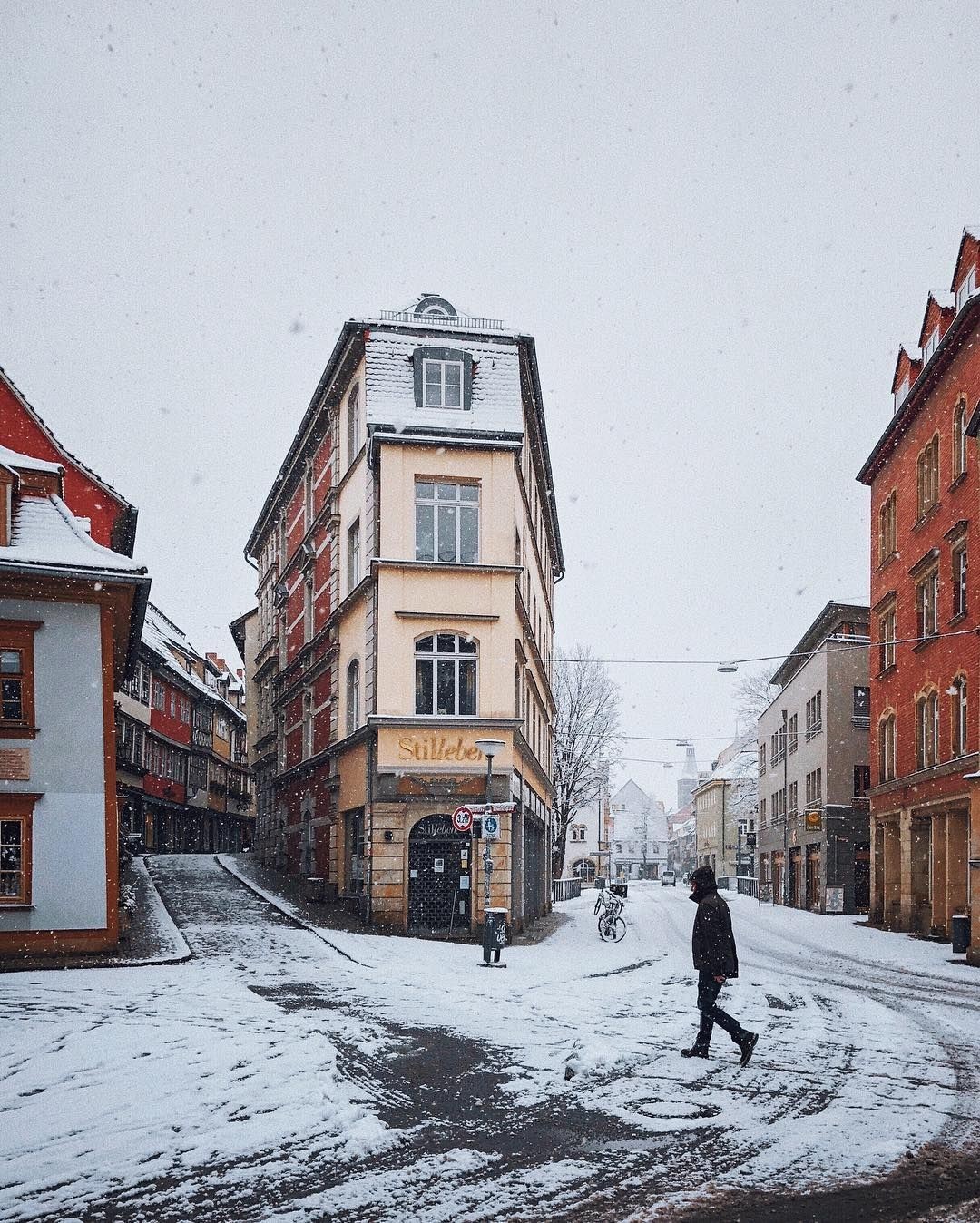 |
| Photo: Pinterest |
This is how Martin Luther, the great Reformer, once described the city where he himself studied, and which is now the capital of Thuringia. Located at the crossroads of two ancient trading routes, the Via Regia and the Nuremberg Geleitstrasse, Erfurt expanded during the Middle Ages to become a powerful centre of trade and learning. With a modern-day population of over 200,000, Erfurt remains the largest city in Thuringia and accessible to all, thanks to its location near the geographical centre of Germany. High-speed InterCityExpress train services, the Erfurt-Weimar airport and excellent connections to the autobahn network bring the rest of Germany and Europe within easy travelling distance. As the region's main urban centre, Erfurt is also a popular place to live and visit, and a favourite shopping destination.
Erfurt has a population of just over 213,000, making it the perfect city break for people looking for a less overwhelming atmosphere than bigger cities. Complete with more than 1,200 years of history, Erfurt has one of Germany’s most complete Medieval centres. So just imagine this medieval setting covered in snow! You can visit St Mary’s Cathedral and Krämerbrücke bridge and feel like you’re in a fairytale setting.
4. Turku, Finland
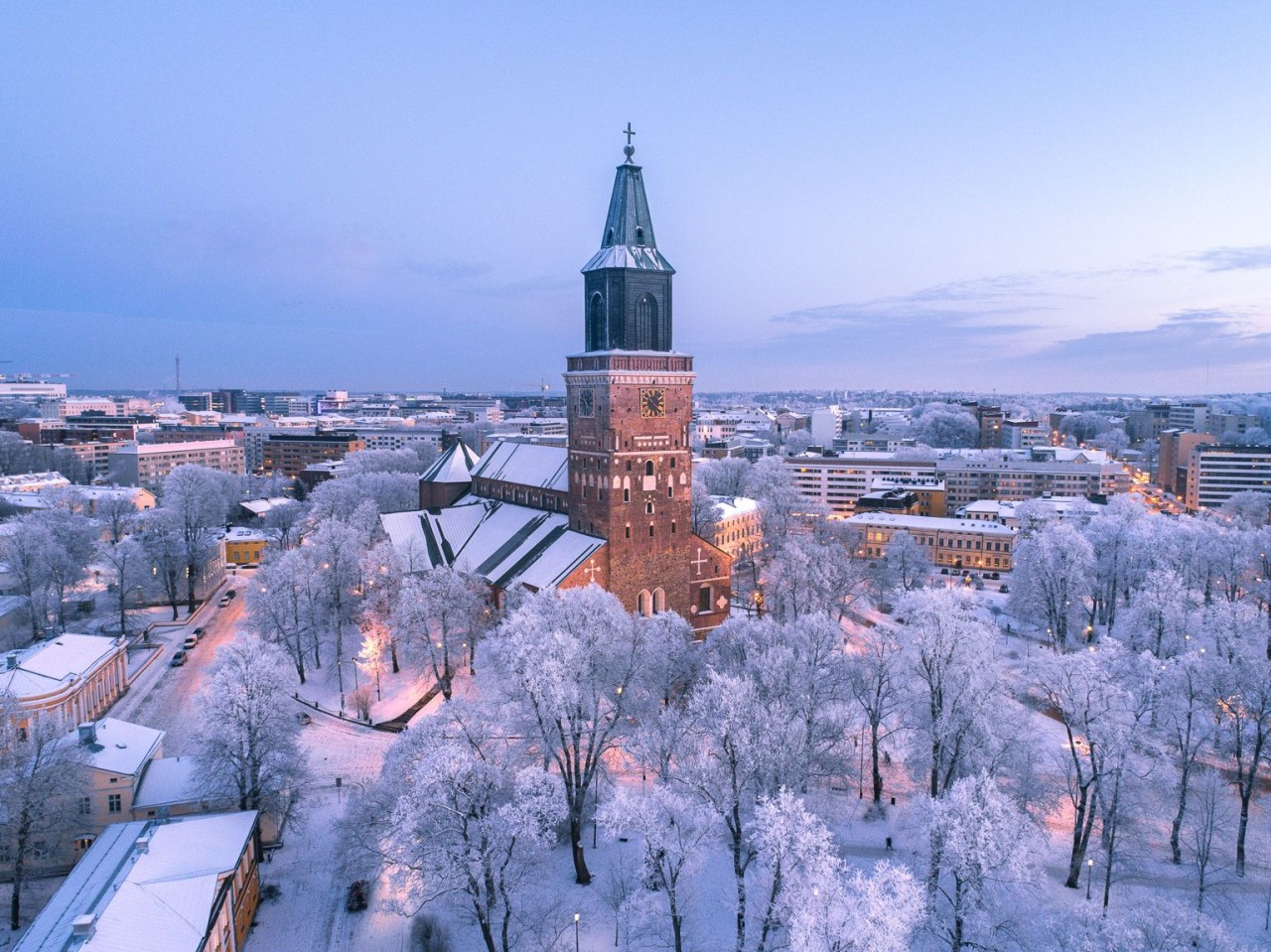 |
| Photo: Pinterest |
How do you recognise a medieval European town? Some say it is the riverfront, the market square, the castle and the cathedral. That sounds familiar – in fact, that sounds like Turku! Turku is not only the one city in Finland to meet all of the above criteria, but also a vibrant modern city of many events and a European Capital of Culture in 2011.
Along the Aura River – the Plough River – you can walk through medieval cobblestone streets. The river is the heart of the city. During the summer, the riverbanks come to life when people gather here to eat, drink and listen to music. There are old sailing ships moored in the river, and you can take cruises out into the archipelago or to nearby Naantali. Cruise ships sail daily from Turku Harbor across the Baltic to Sweden.
Officially, Turku has been on the map by the Aurajoki river since 1229, and the buzz hasn’t stopped since. In the summer the city overflows with events and festivals: tango, middle age, music, theatre, art, design and much more.
5. Helsinki, Finland
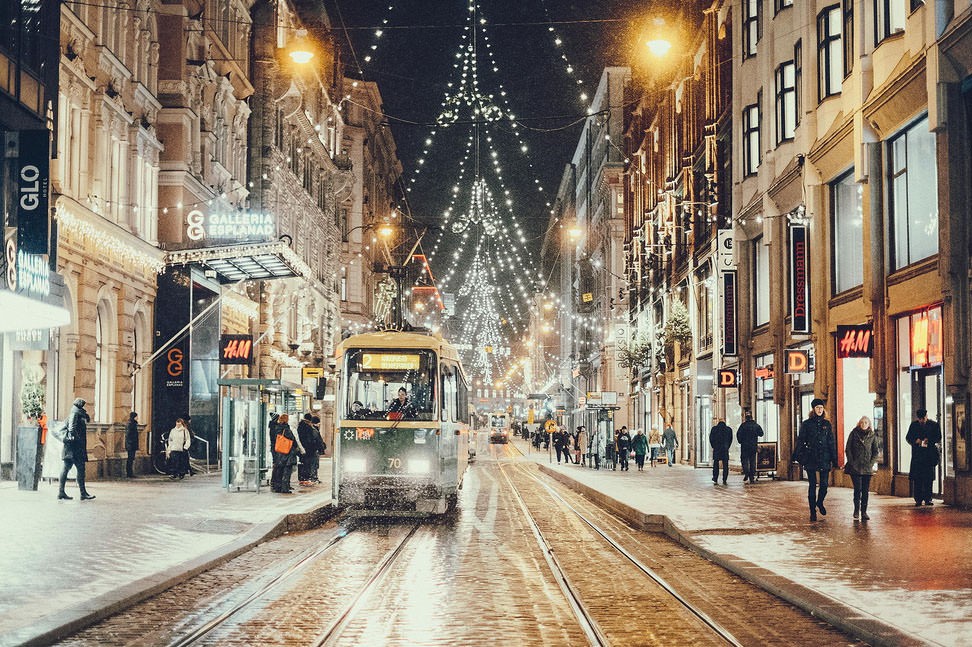 |
| Photo: PandoTrip |
Helsinki, the sustainable capital of Finland, is a vibrant seaside city of beautiful islands and great green urban areas. Helsinki marches to a wonderful and unique beat of its own with dynamic food, design, architecture – and sauna! – scenes. Helsinki and its Nordic culture are made by the locals.
Helsinki is the largest city in Finland and the metropolitan area is the home of 1.4 million people. When you look at a map, Helsinki is in the northernmost corner of the Europe but it is an easy hub to reach with fast flight connections from East to West. No flight? No problem. Helsinki can be reached from St. Petersburg, Estonia and Sweden via the Baltic Sea. In fact, the sea is one of the most characterizing elements of the city. The Helsinki Archipelago consists of over 300 mesmerizing islands.
The rhythm of Helsinki is laid-back and the city is easily approachable, literally. The public transportation system is one of the best in the world – with that one beautiful metro line – and it is also easy to walk and bike everywhere.
In addition to Helsinki, the capital region is made of a hub of other interesting cities and sights to visit. These include the neighboring cities of Espoo and Vantaa, the historical town of Porvoo, Järvenpää-Tuusula area – famous for its artistic heritage – as well as the ironwork villages west of Helsinki. There are 6 national parks less than 2 hours away from Helsinki and countless other nature sites to visit, according to Visit Finland.
6. Kyiv, Ukraine
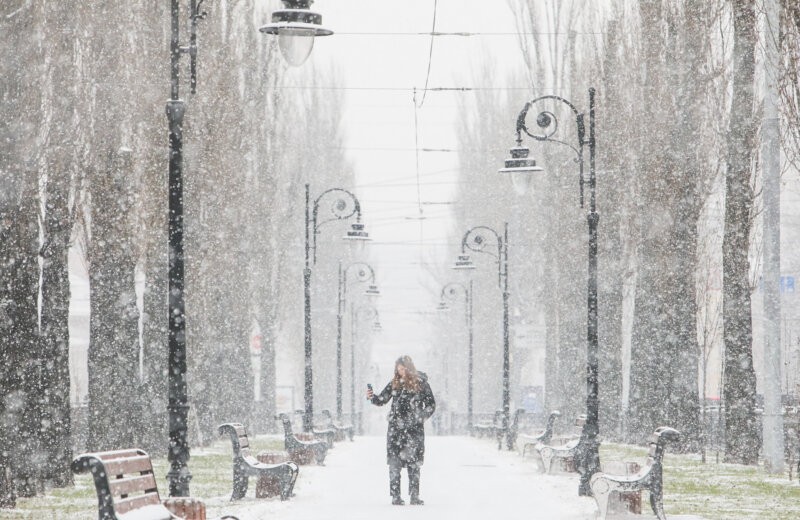 |
| Photo: Kyiv Post |
In the beginning there was Kyiv. Long before Ukraine and Russia existed, the city's inhabitants were already striding up and down the green hills, idling hot afternoons away on the Dnipro River and promenading along Khreshchatyk – then a stream, now the main avenue. From here, East Slavic civilisation spread all the way to Alaska.
Today, history continues to unfold. As revolution has come and gone, and as war in the east smoulders, Ukraine's capital has rebelled yet again, only this time culturally. A creative wave has swept over the city, embodied by urban art, vintage cafes and 24-hour parties. Seemingly overnight, Kyiv has become hip.
It's also cheap. You can eat at superb restaurants and drink at hidden cocktail bars for a fraction of what they would cost in the West. Kyiv's time is clearly now – or until the next revolution rolls around, according to Lonely Planet.
7. Riga, Latvia
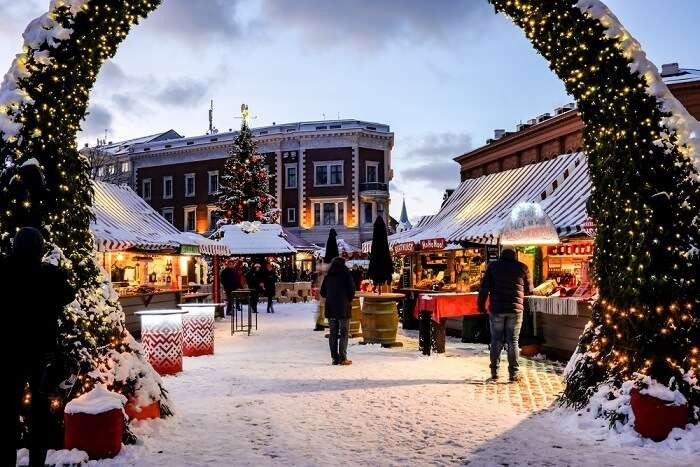 |
| Photo: Travel Triangle |
Founded in 1201, the city of Riga was the seat of Albert's bishopric and a base for the conquest of the lands of Livonia to the northeast. The city joined the Hanseatic League in 1282 and became the dominant trading center on the eastern bank of the Baltic Sea. In the 1520s, the Reformation took root in Riga. The Livonian Order was secularized and dissolved together with the Livonian Confederation in 1561.
From the 13th century to the birth of nationalism in the 19th century and independence in the 20th century, the history of Riga has had its rises and falls of surrounding foreign powers over the Latvians and their territory. As a member of the Hanseatic League, Riga's prosperity grew during the 13th to 15th centuries. Riga became a major center of trade and later industry for the empire to which it was subject. Today, almost half of Latvia's inhabitants live in Riga and its surrounding areas.
The city is situated on the Gulf of Riga at the mouth of the Daugava River into the Baltic Sea. Riga's territory covers 307.17 km2 and lies 1-10 m above sea level, on a flat and sandy plain.
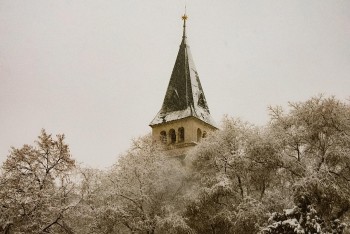 | Brastislava Winter Captured by Vietnamese Young Photographer Experience Slovak winter through a series of snapshots by a Vietnamese street photographer living in Bratislava. |
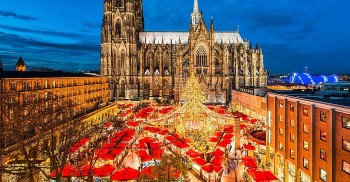 | Top 10 Famous Christmas Markets That Will Be Re-open In Europe With Christmas coming close and everyone is celebrating, these large Christmas markets will be re-opened for tourists to visit and enjoy their time in Europe. |
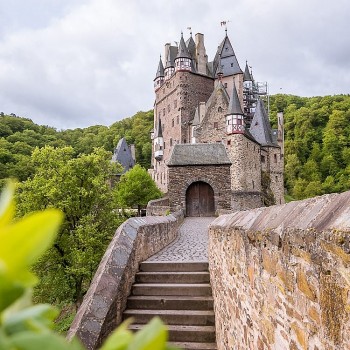 | Seven Most Beautiful Medieval Castles In The World In the past, the Middle Ages were considered the darkest period, but it also left Europe with many gorgeous and charming castles with ancient architectures ... |
Recommended
 Travel
Travel
Vietnam Through Australian Eyes: Land of Flavor, Warmth, and Timeless Charm
 Travel
Travel
Strategies for Sustainable Growth of Vietnam’s Tourism from International Markets
 Travel
Travel
Vietnam Strengthens Its Presence On The Global Tourism Map
 Multimedia
Multimedia
Phong Nha-Ke Bang National Park Named Top Adventure Travel Site
 Travel
Travel
Vietnam Welcomes Record-High Number of International Visitors
 Travel
Travel
Luxury Train From Hanoi To Hai Phong To Be Launched In May
 Travel
Travel
Phong Nha Named Top Budget-Friendly Travel Destination for Spring 2025: Agoda
 Travel
Travel


